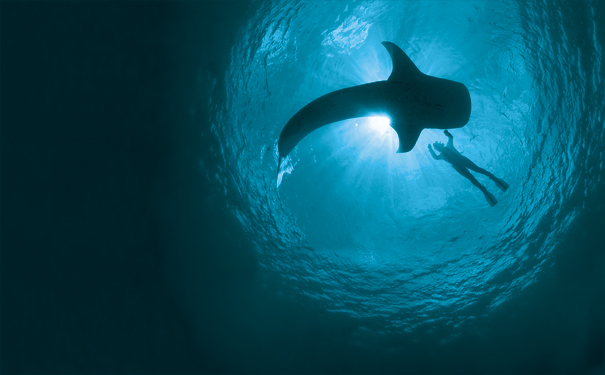
Image: Juergen Freund/Nature PL.
“It was just an afterthought,” he says. “But the more I thought about it, the more curious I became.” He approached Zaven Arzoumanian, a research scientist at NASA Goddard Space Flight Centre, in the US, about adapting the Groth algorithm — used to map stars observed from the Hubble Space Telescope and other facilities — to identify spot patterns on whale sharks.
To test the algorithm, the pair needed photos of the animals, and that’s how Holmberg and Arzoumanian found Norman and Ecocean. In 2005, the trio published proof that such an algorithm could, in fact, identify sharks.
Today Ecocean contains more than 26,000 photos of over 2,100 whale sharks identified by the algorithm. These contributions, coming from a mix of researchers and amateur divers, have become essential to whale shark research. “By taking these photos, anyone can become a citizen scientist,” Norman says. Using Ecocean, which won Norman a National Geographic Emerging Explorers Award in 2008, people have recorded whale sharks off the coasts of 43 countries.
Norman has also been able to attach digital “daily diaries” to individual sharks. These devices record the speed, depth and location of the animals, allowing Norman to track their activity. Through these recordings, he has learned that whale sharks, which swim slowly in shallow depths, climb and dive repeatedly and quickly while feeding at depths of up to 1,286 metres.






